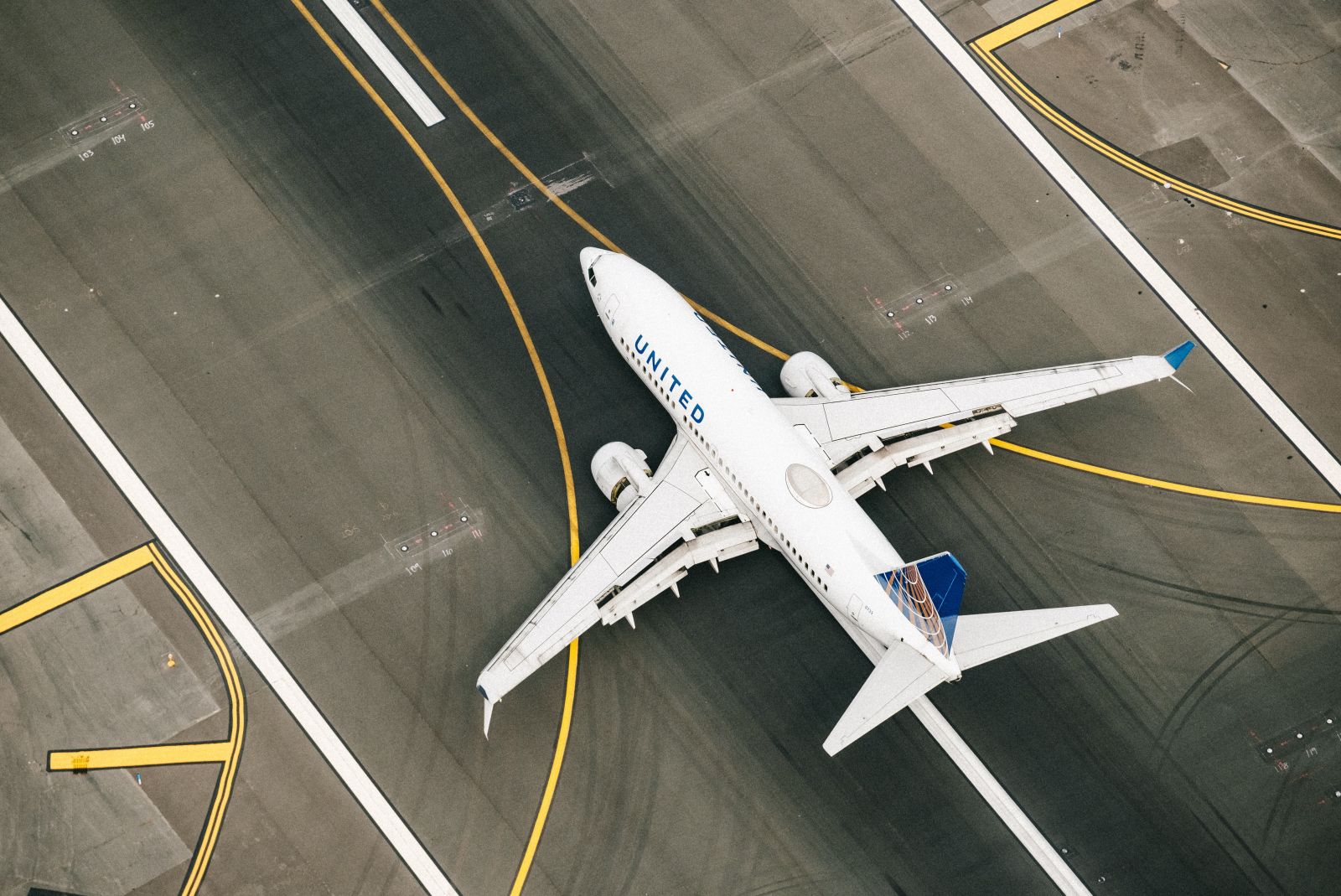
Flying somewhere this summer on vacation? Well, unless something changes drastically soon in the global airline industry, you should expect to pay more for airfare. Not to mention that the planes will be packed.
The reason is twofold…
What's Driving Aircraft Shortages?
First, there is a rebound in flying. The International Air Transport Association (IATA) reported on April 4 that world demand in February finally surpassed 2019 levels. Global demand - measured by revenue per mile flown by passengers - jumped almost 22% in February from a year earlier, IATA said in a news release. That puts traffic at 5.7% above 2019 levels.
The number of travelers globally is set to hit historic levels, with 4.7 billion people expected to travel in 2024, compared with 4.5 billion in 2019.
Second, a lack of new aircraft being produced - thank you, Boeing (BA) - means that airlines will be crimped on seat capacity. And they will have to raise airfares to boost revenue, in order to cover the higher costs of leasing and operating older planes.
Even before the latest crisis at Boeing, the industry was already some 3,000 planes short of what it planned pre-COVID, due to pandemic disruptions and other bottlenecks at Boeing and Airbus (EADSY), according to aircraft leasing firm Avolon.
Overall, airlines are expected to receive nearly 20% fewer aircraft this year than previously anticipated due to production issues at Boeing and Airbus. The latter has supply chain problems, including a flaw with Pratt & Whitney engines made by RTX Corporation (RTX).
Here at home, it’s even worse. U.S. airlines will receive 32% fewer aircraft than planned a year ago, because several airlines depend so much on Boeing's 737 MAX planes.
Who's Profiting from Airlines' Desperation?
The desperation among airlines to add more aircraft means it's a boom time in the aircraft leasing market. Data from Cirium Ascend Consultancy shows that lease rates for new Airbus A320-200neo and Boeing 737-8 MAX aircraft have now reached $400,000 per month - their highest since mid-2008.
In addition, airlines are spending 30% more on aircraft leases than before the pandemic, industry analyst John Heimlich told Reuters. He is the chief economist at Airlines for America (A4A), which represents major U.S. carriers.
Airlines are also keeping planes longer because of those delivery delays with planes from Boeing and Airbus. The average age of an airline-owned passenger plane was 16 years in 2024, up from 14 in 2019, Cirium says.
It costs more to operate older planes because they require more maintenance. Parts are harder to procure for older models. There’s also a shortage of aircraft mechanics, which means an airplane may be on the ground longer waiting for work to be done.
That’s why repair costs at United Airlines Holdings (UAL), Delta Air Lines (DAL), and American Airlines Group (AAL) were up 40% last year from 2019.
The current market conditions are great news for those in the business of leasing aircraft. And the next several years also bode well; Cirium sees these strains lasting until at least 2027.
The airlines’ actions are backing up this view. In a break from usual patterns, some airlines are buying the planes they had been leasing rather than negotiating lease extensions.
Buy AerCap Stock
So, how can you profit from this aircraft shortage? A good way to do so is by purchasing AerCap Holdings NV (AER), the world's largest trader and lessor of aircraft. The company owns more than 1,500 passenger aircraft across a range of Boeing and Airbus models.
The company is headquartered in Dublin, Ireland, and incorporated in the Netherlands, but its shares trade on the New York Stock Exchange and it reports its financial results in U.S. dollars.
AerCap’s top five customers in 2023 made up about 20% of total leasing revenues. Its geographic revenue breakdown is Asia/Pacific/Russia (34% of 2023 lease revenues), Europe (23%), U.S./Canada/Caribbean (19%), Latin America (12%), and Africa/Middle East (12%).
As of December 2023, the company owned 1,556 aircraft, with an average age of 7.3 years. Approximately 61% of its passenger aircraft were delivered by Airbus, with Boeing next at 32%, and Embraer third with 4.4%. AerCap had 338 new commercial aircraft on order as of the end of 2023, with 166 units coming from Airbus, the vast majority of which (148) are in the Airbus A320neo family. During 2023, the weighted average utilization of its owned fleet was 98%.
I consider AerCap to be a strong buy. Following the deal to purchase GE Capital Aviation Services in 2021, the company is the largest aircraft purchaser. This scale should give it a major cost advantage over the competition - a benefit underappreciated by Wall Street.
With the recent end to global travel restrictions in key markets like China, robust air travel is returning. This trend alone should drive strong growth for AerCap. And those production shortfalls at Boeing and Airbus are also restricting customer options to purchase new planes instead of leasing. These favorable trends for AerCap should continue through the next few years. AER stock is a buy below $88.








